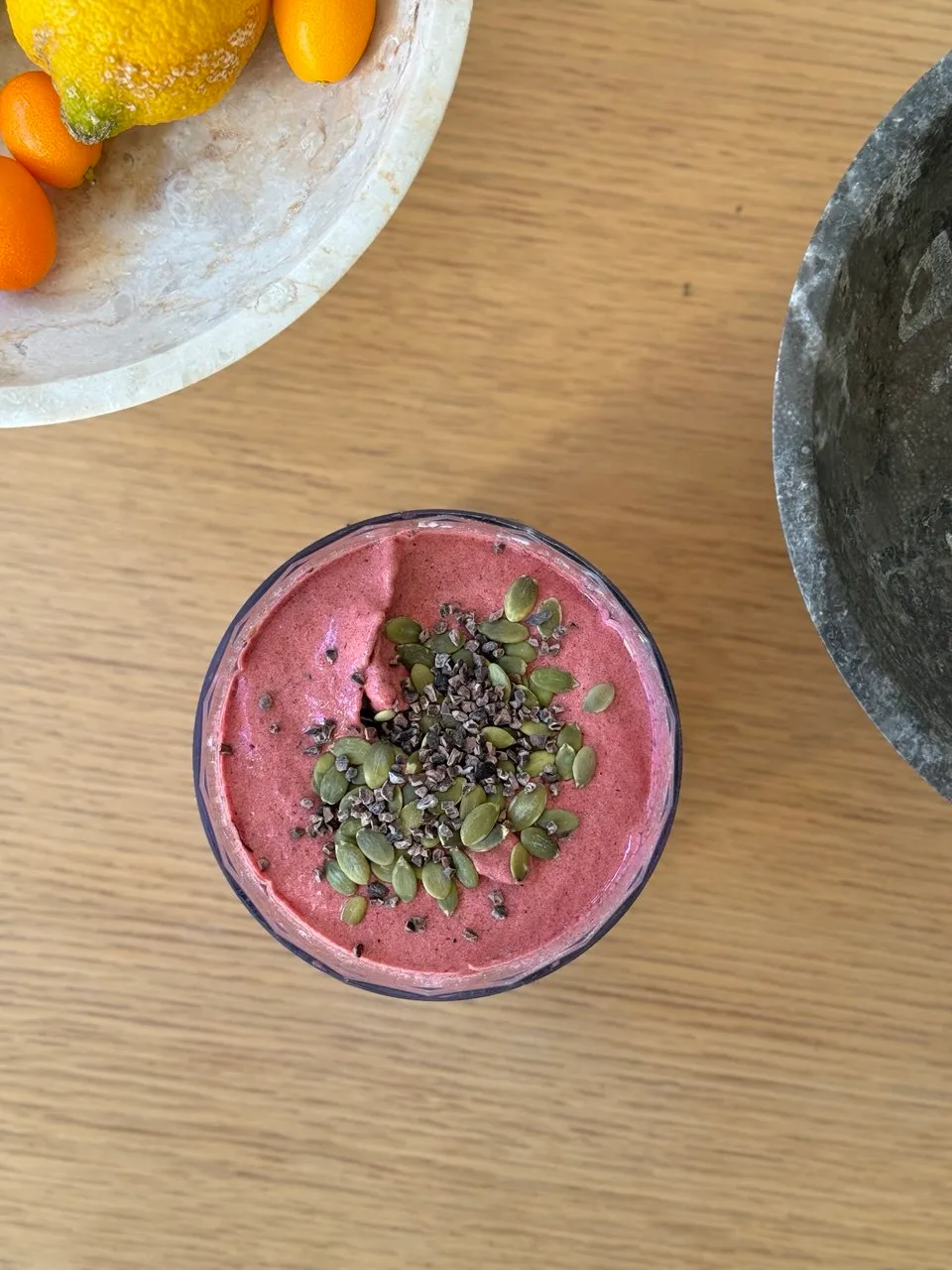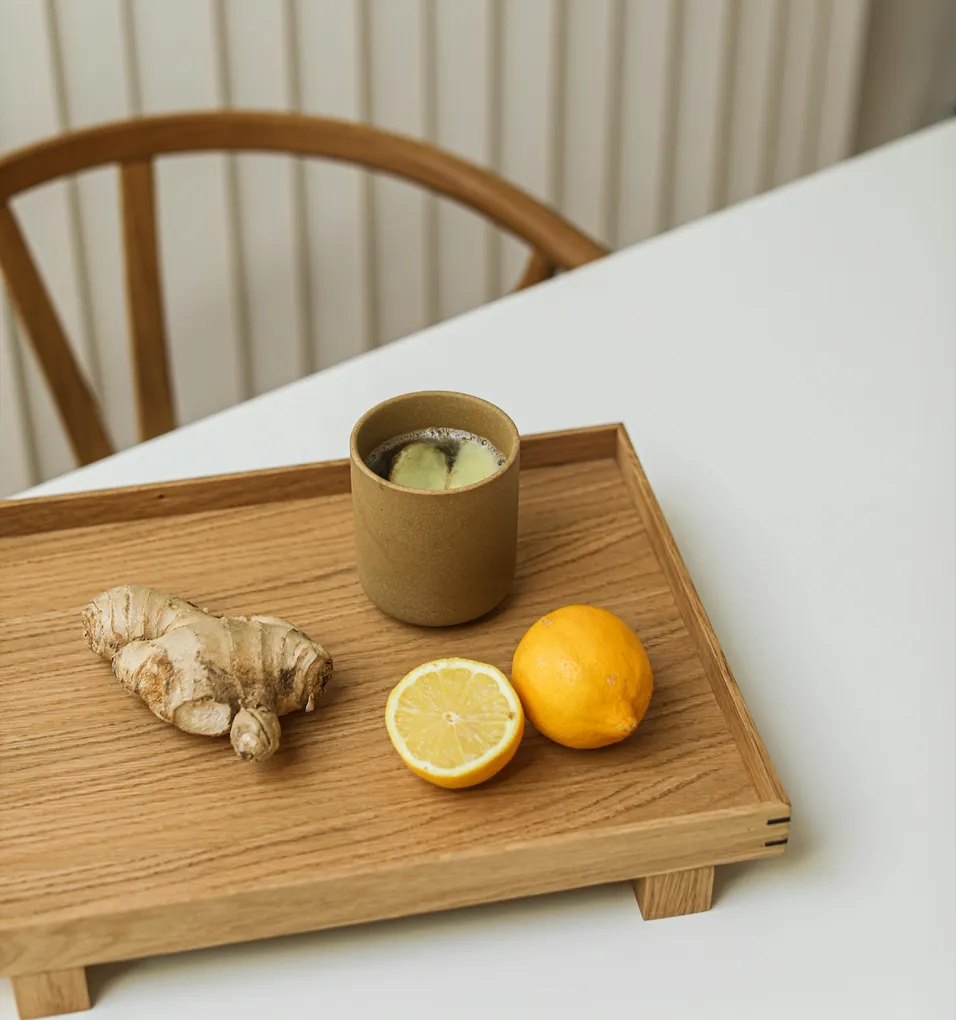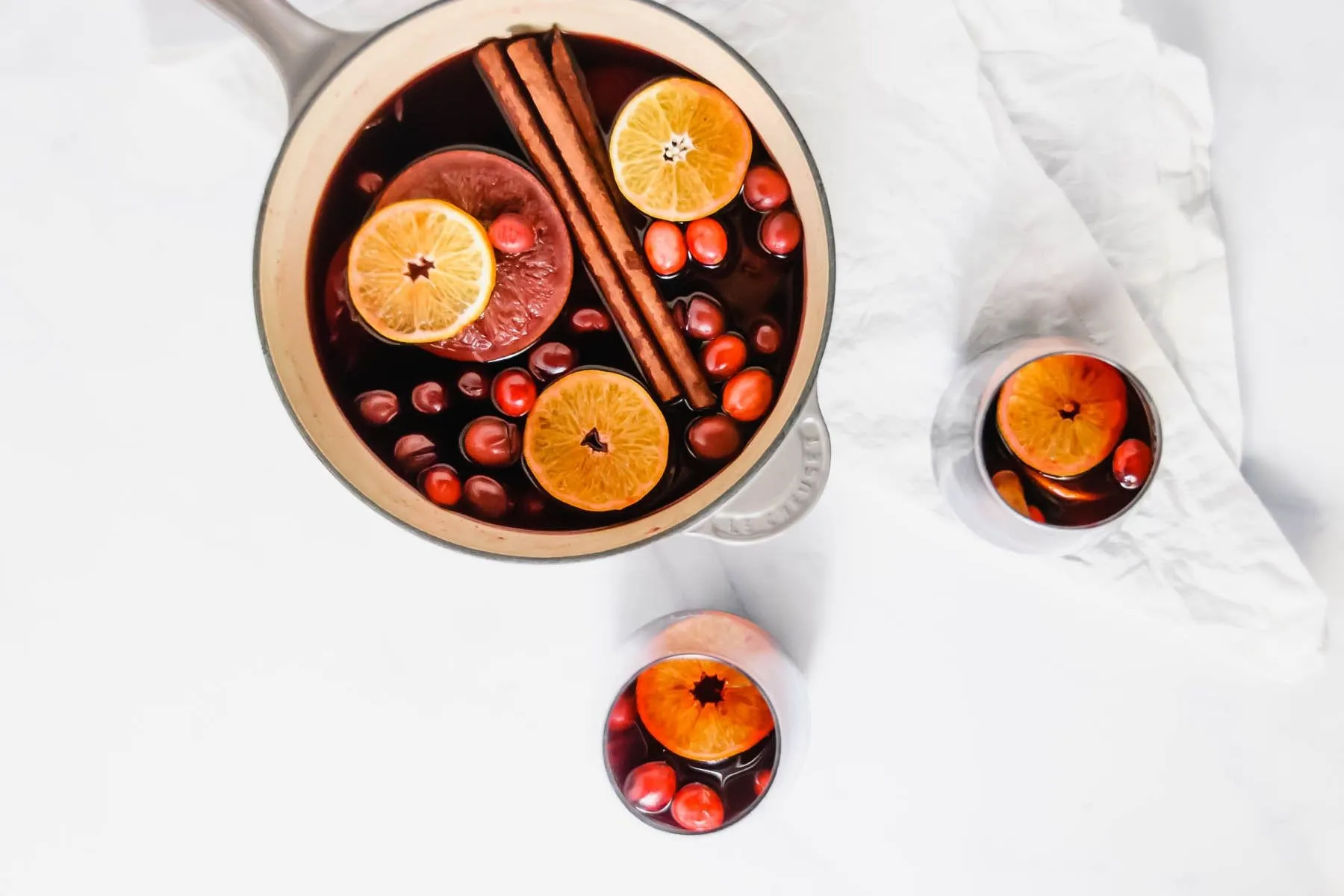
Fermentation is the process of controlled fermentation, the oldest method of preserving food. Fermentation changes the structure of ingredients. The power of nature lies in the fact that good often triumphs over bad, and if this process is slightly controlled, this win-win scenario can always be achieved.
Webster’s English Dictionary defines fermentation as the "enzyme-controlled transformation of an organic product." The key term here is transformation. Bacteria can convert indigestible, unpalatable, and even toxic compounds into nutritious, delicious food.
Bacteria and fungi can thrive equally well in the digestive system, a clay pot under the sun, an oak barrel or cave, a leather bag, or even an egg buried underground. Thousands of years ago, people learned to harness the power of these invisible "agents," which developed predictably under specific conditions. This skill opened up an entirely new world of possibilities — allowing food to be stored for long periods and creating a whole new spectrum of flavors. Many well-known foods were initially fermented, sprouted, or both. Bread, yogurt, and cheese. Even chocolate — cocoa beans had to lie in the sun for a week to develop flavor through fermentation rather than bitterness. And coffee, too — it was dried and fermented on "beds" under the open sky. This is not the modern process where fermentation is induced with salt, sugar, and vinegar. In the past, natural acids were required for the process — there was no pasteurization :)
Fermentation reduces the amount of starch and sugar in carbohydrate-rich foods: porridge, bread, grains (like sourdough bread), root vegetables, and vegetables (like pickling). Kombucha and water kefir too. Here, sugar serves as food for bacteria. The multiplying microorganisms seek out simple sugars and convert them into various nutrients necessary for their own growth. Fermentation is even about the enzymes within us. By consuming sugar, bacteria transform it into other elements — enzymes, live ferments — while also producing a pool of vitamins (such as K2 and B12) and waging chemical warfare against pathogens. All they require from us in return is a warm, dark place to work and plenty of water :)
So, water kefir. Buy water kefir/vegan kefir/Indian sea rice/Japanese crystals/zoogloea (it has so many names). Where? Please, just GOOGLE it. Online stores, iHerb, OLX.
- 3 liters of water
- 7–10 tbsp. sugar (any type)
- a cup of bacteria
Dissolve the sugar thoroughly. Pour the sweetened water over the bacteria, cover with a towel, and leave undisturbed for three days. After three days, transfer the liquid to bottles with swing-top caps and add flavors for the second fermentation:
- 20–40 ml of fresh ginger + lemon juice (a blender and straining work too)
- any fresh berry juice or thawed berry juice
- any fresh juice at all, but my top pick is spicy ginger-lemon
Seal the bottles and leave them in a warm place for another three days. Then, chill and enjoy. Do not shake. It will be sparkling.
Dissolve the sugar thoroughly. Pour the sweetened water over the bacteria, cover with a towel, and leave undisturbed for three days. After three days, transfer the liquid to bottles with swing-top caps and add flavors for the second fermentation:
- 20–40 ml of fresh ginger + lemon juice (a blender and straining work too)
- any fresh berry juice or thawed berry juice
- any fresh juice at all, but my top pick is spicy ginger-lemon
Seal the bottles and leave them in a warm place for another three days. Then, chill and enjoy. Do not shake. It will be sparkling.










